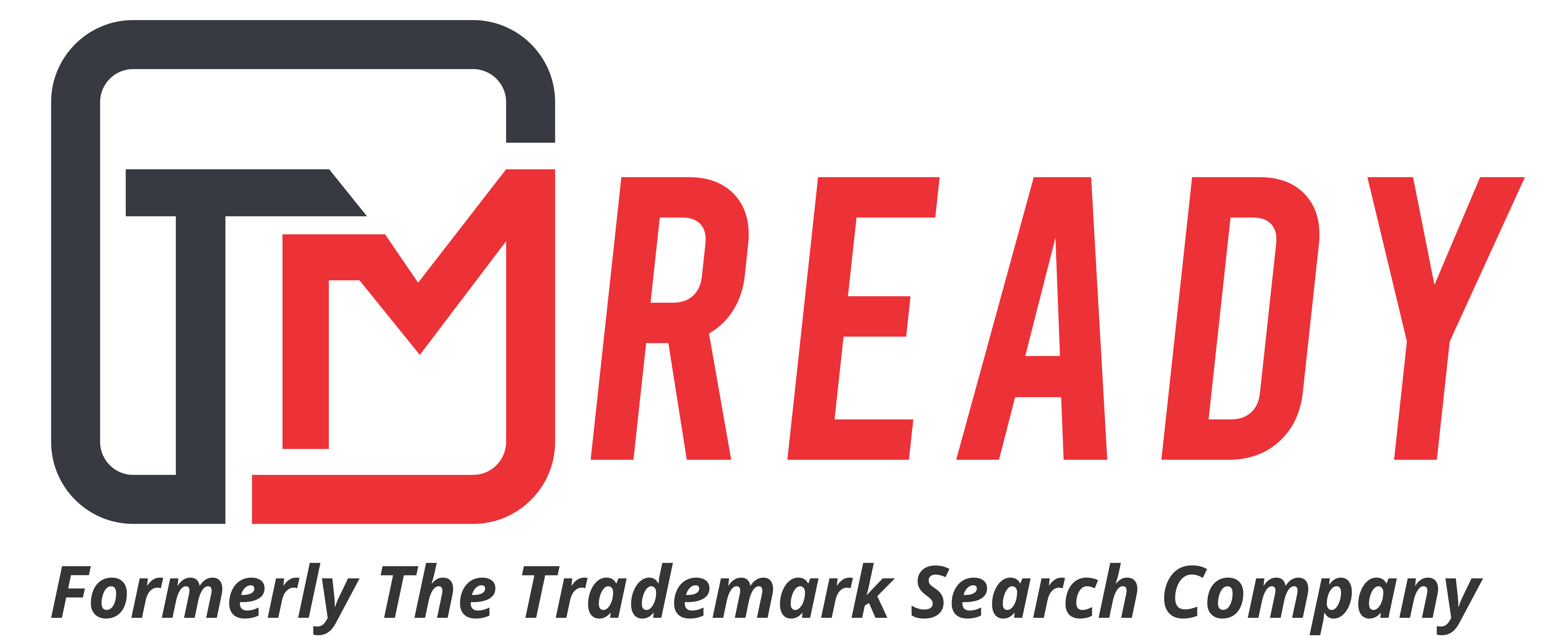Trademarks and copyrights are both forms of intellectual property protection, but they serve different purposes and protect different aspects of creative works. Understanding the distinction between trademarks and copyrights is crucial for individuals and businesses seeking to safeguard their rights. Let’s delve into the differences between these two forms of protection:
1. Definition and Purpose
- Trademark: A trademark is a word, phrase, symbol, or design that distinguishes and identifies the source of goods or services in the marketplace. It serves as a brand identifier, helping consumers associate products or services with a specific company or source.
- Copyright: Copyright, on the other hand, protects original works of authorship, such as literary works, artistic creations, music, films, and software. It grants exclusive rights to the creator or owner of the work, preventing others from copying, distributing, or reproducing the work without permission.
2. Subject Matter
- Trademark: Trademarks protect distinctive marks used in connection with goods or services. These can include brand names, logos, slogans, product packaging, and even specific colors or sounds. The focus is on the branding and identification of products or services in the marketplace.
- Copyright: Copyright protects original creative works that are fixed in a tangible medium of expression. This can include literary works, novels, poems, songs, paintings, photographs, sculptures, movies, architectural designs, and computer software. The emphasis is on the expression of creative ideas.
3. Scope of Protection
- Trademark: Trademarks provide protection against the use of similar marks that may cause confusion among consumers. The key consideration is the likelihood of confusion regarding the source of goods or services. Trademark protection allows the owner to prevent others from using a confusingly similar mark in a related industry or market.
- Copyright: Copyright protection grants the owner the exclusive right to reproduce, distribute, display, perform, and create derivative works based on the original work. Copyright infringement occurs when someone copies or uses a substantial portion of the copyrighted work without permission, potentially diluting the economic value of the original creation.
4. Registration Process
- Trademark: While trademark registration is not mandatory, it provides significant advantages and legal benefits. To register a trademark, an application must be filed with the appropriate government authority, such as the United States Patent and Trademark Office (USPTO). The application process involves a thorough examination of existing trademarks and potential conflicts.
- Copyright: Unlike trademarks, copyrights are automatically granted to the creator as soon as the original work is fixed in a tangible medium of expression. While registration is not mandatory, it is highly recommended. Registering a copyright with the relevant copyright office provides additional benefits, such as the ability to sue for copyright infringement and seek statutory damages.
5. Duration of Protection
- Trademark: Trademark protection can last indefinitely, as long as the mark is actively used in commerce and periodic renewal fees are paid. As long as the mark continues to function as a source identifier and is not abandoned or diluted, it can enjoy ongoing protection.
- Copyright: Copyright protection generally lasts for the author’s lifetime plus an additional period after their death. In most countries, this period extends for 70 years. After the copyright term expires, the work enters the public domain and can be freely used by others.
6. Enforcement and Remedies
- Trademark: Trademark owners have the responsibility to enforce their rights and take action against infringement. Trademark infringement occurs when someone uses a confusingly similar mark in a way that may cause consumer confusion. Trademark owners can take legal action, seek injunctions, damages, and other remedies to protect their brand identity and reputation.
- Copyright: Copyright owners have exclusive rights
- to their works and can take legal action against infringement. Infringement occurs when someone reproduces, distributes, displays, performs, or creates derivative works without permission. Copyright owners can seek damages, injunctions, and other remedies to protect their creative works and preserve their economic interests.
7. Use in Commerce
- Trademark: Trademarks must be used in commerce to maintain their protection. It is essential to actively use the mark in connection with the goods or services it represents. Non-use of a trademark for an extended period can lead to abandonment or loss of rights. Proper and continuous use helps establish and reinforce the brand’s recognition and distinctiveness.
- Copyright: Copyright protection applies as soon as the work is created and fixed in a tangible medium. Use in commerce is not a requirement for copyright protection. However, actively exploiting and licensing copyrighted works can generate income and increase the value of the copyright.
8. International Protection
- Trademark: Trademark protection can be obtained at both the national and international levels. National registrations provide protection within specific countries, while international treaties and agreements offer opportunities for trademark protection across multiple jurisdictions. The Madrid System is a well-known international framework for trademark registration and protection.
- Copyright: Copyright protection is automatic in most countries through international treaties, such as the Berne Convention. However, copyright laws can vary from country to country, and registration with local copyright offices may be necessary for additional legal benefits and enforceability.
Conclusion
Understanding the distinction between trademarks and copyrights is crucial for individuals, artists, and businesses seeking to protect their creative works and brand identities. Trademarks primarily focus on the branding and identification of goods or services, while copyrights protect original creative expressions. While trademarks require registration and active use, copyrights are automatically granted upon creation.
By comprehending the nuances of trademark and copyright laws, creators and businesses can navigate the intellectual property landscape more effectively. Consultation with intellectual property attorneys or professionals is recommended to ensure proper protection and enforcement of rights in both the trademark and copyright realms.
Remember, trademarks and copyrights are valuable assets that can contribute to the success and growth of businesses and individuals alike. By respecting and safeguarding these forms of intellectual property, we foster an environment that encourages creativity, innovation, and fair competition.
